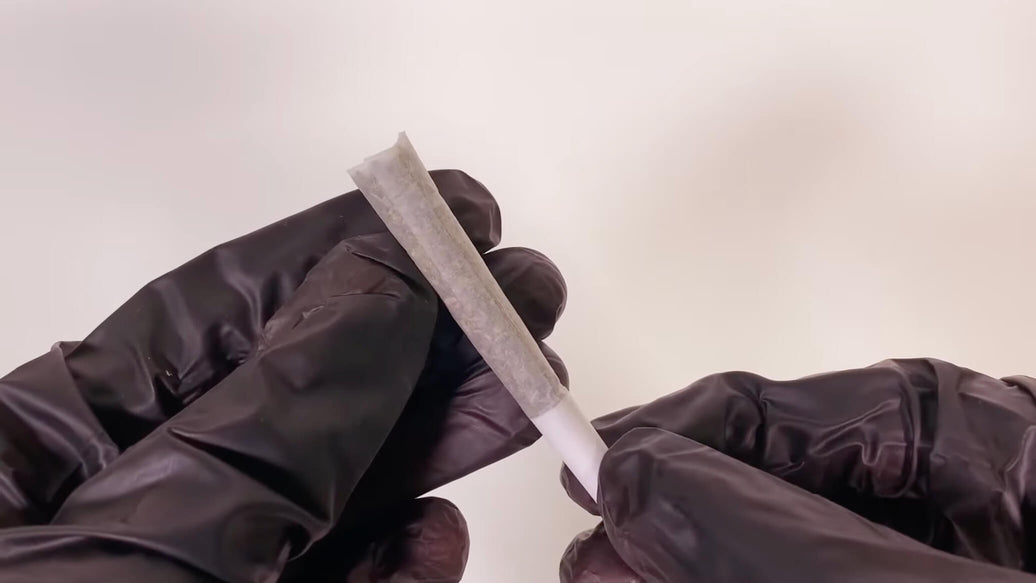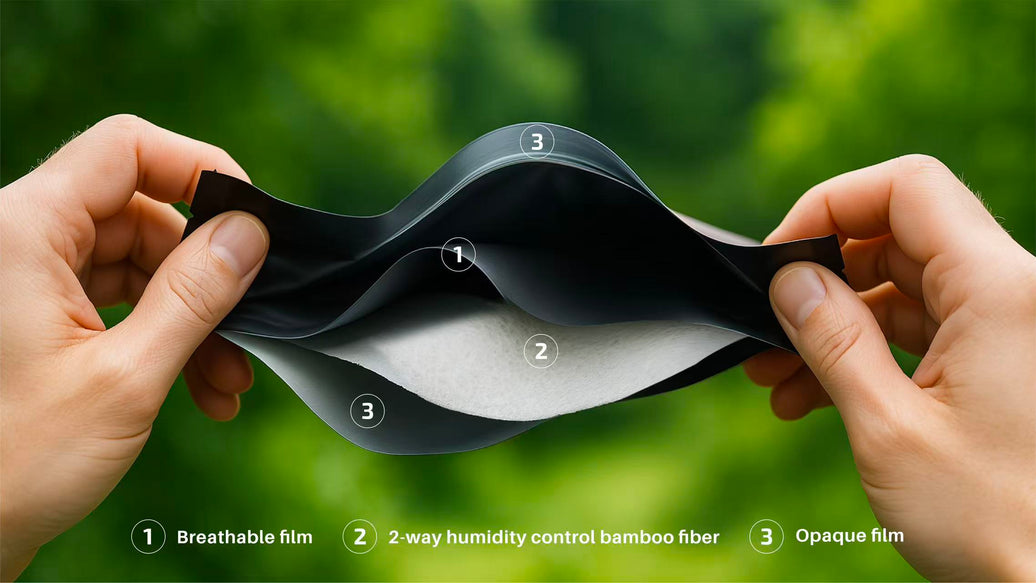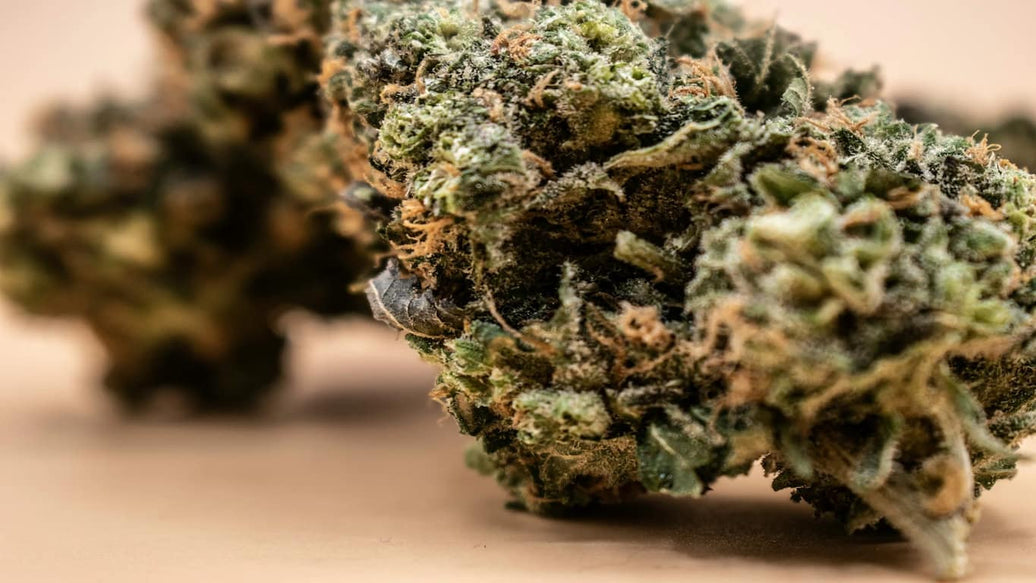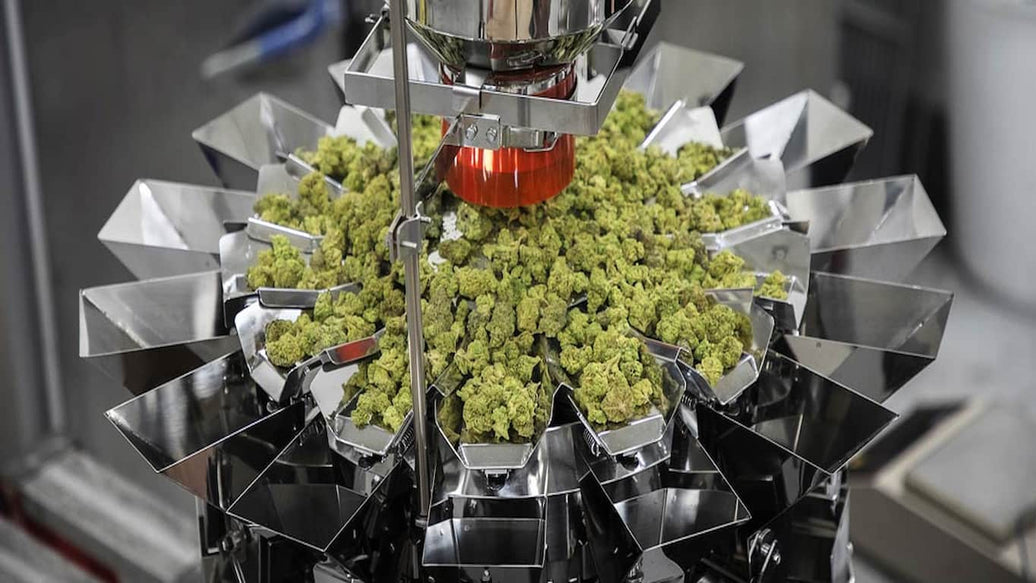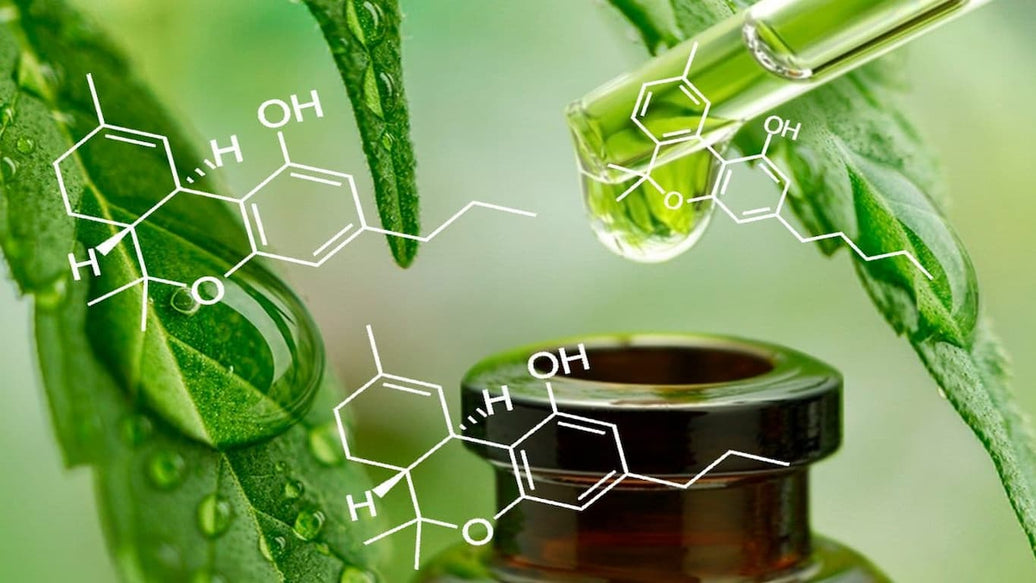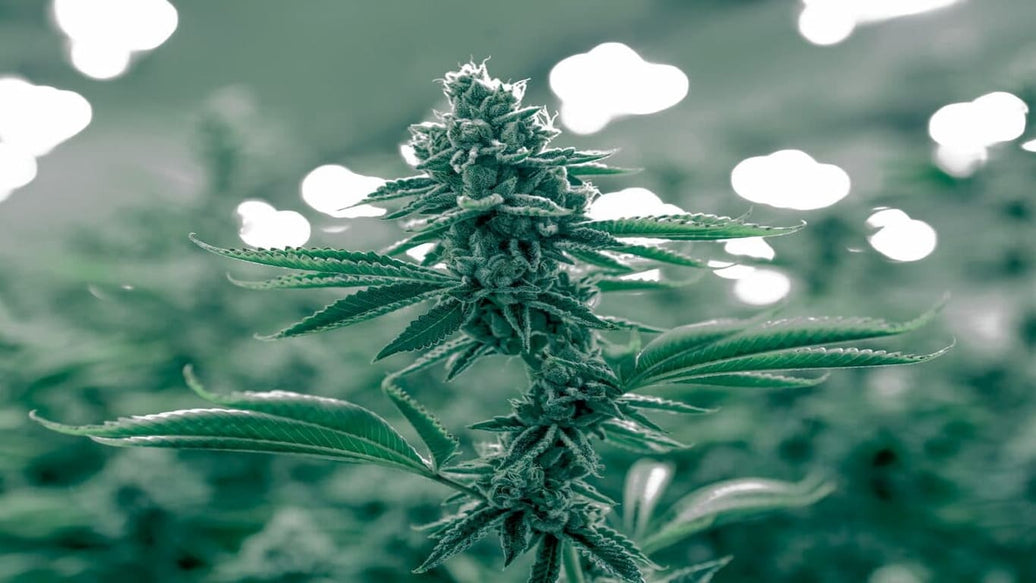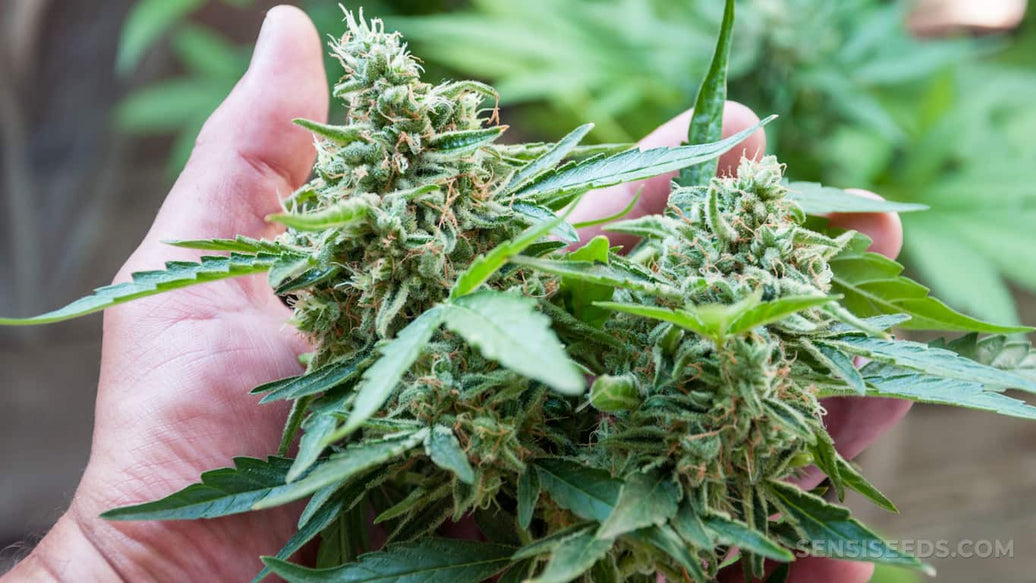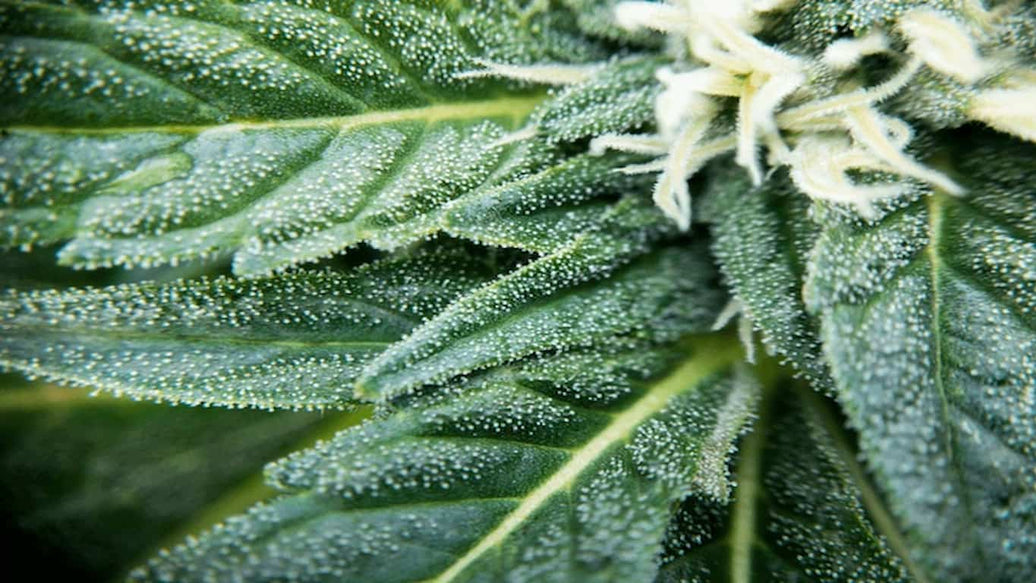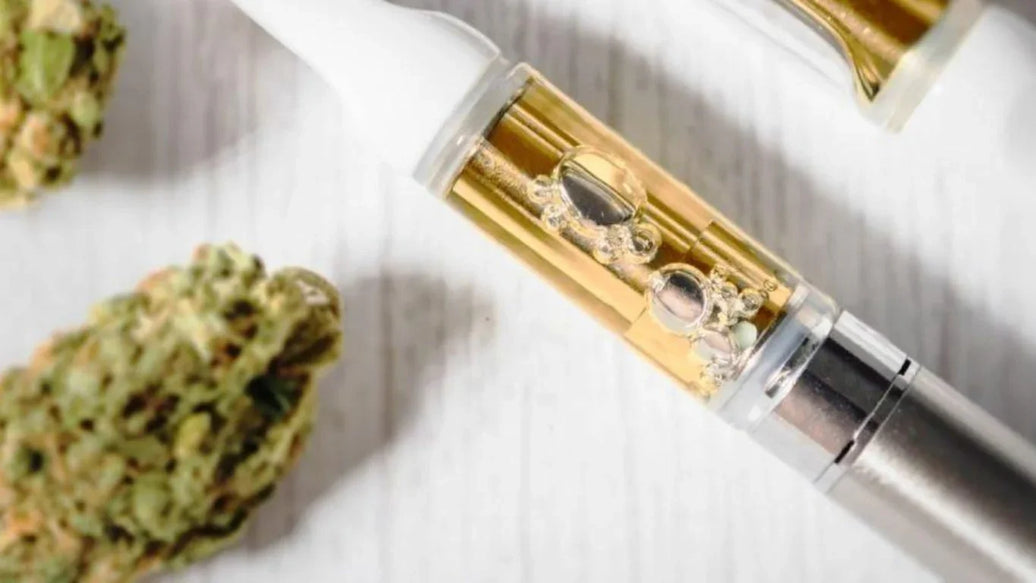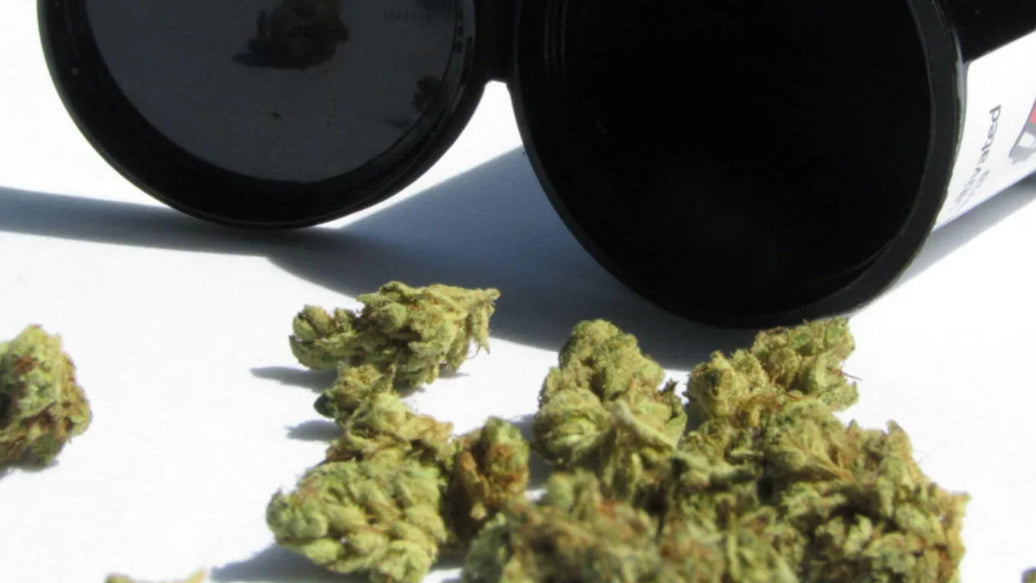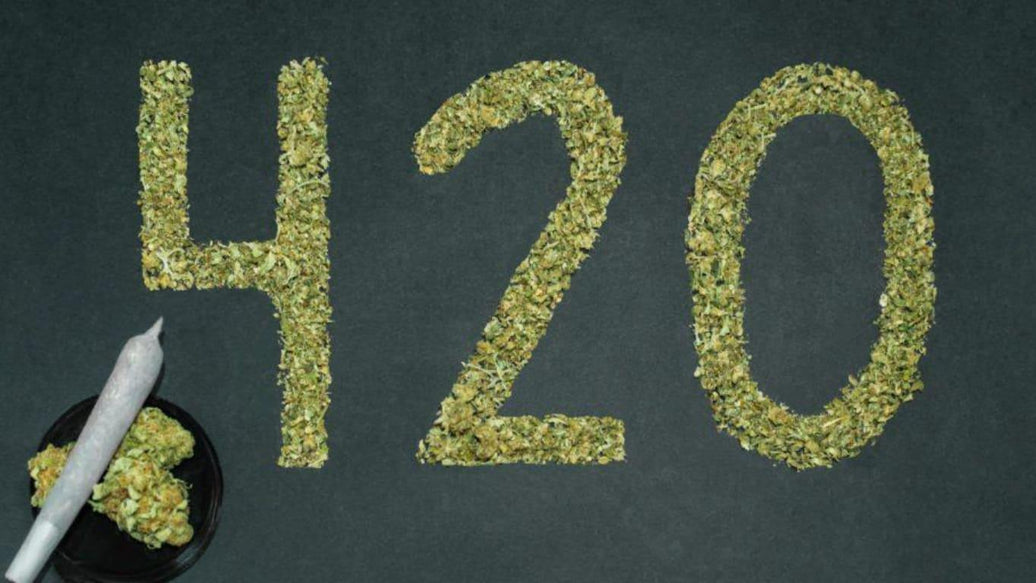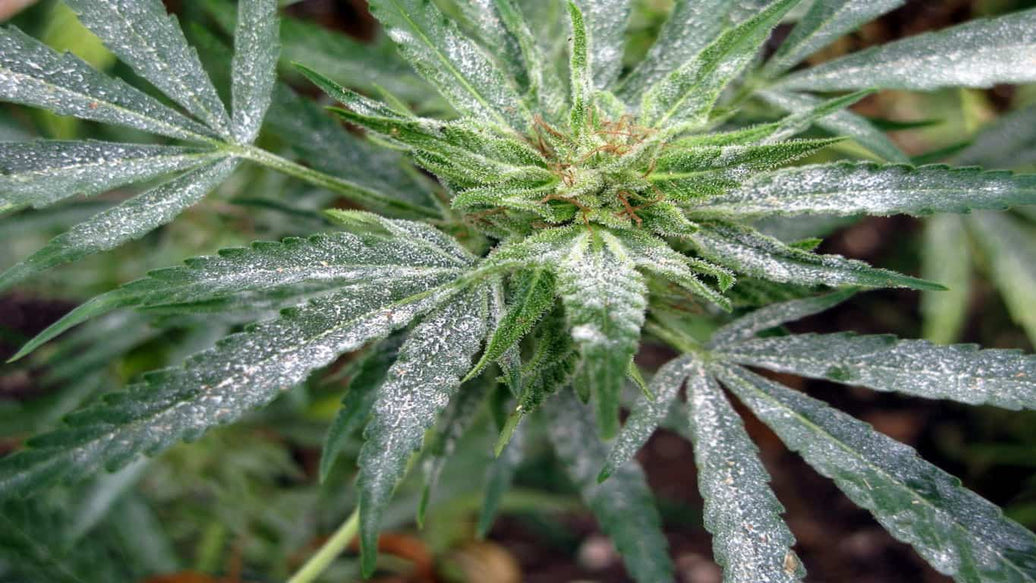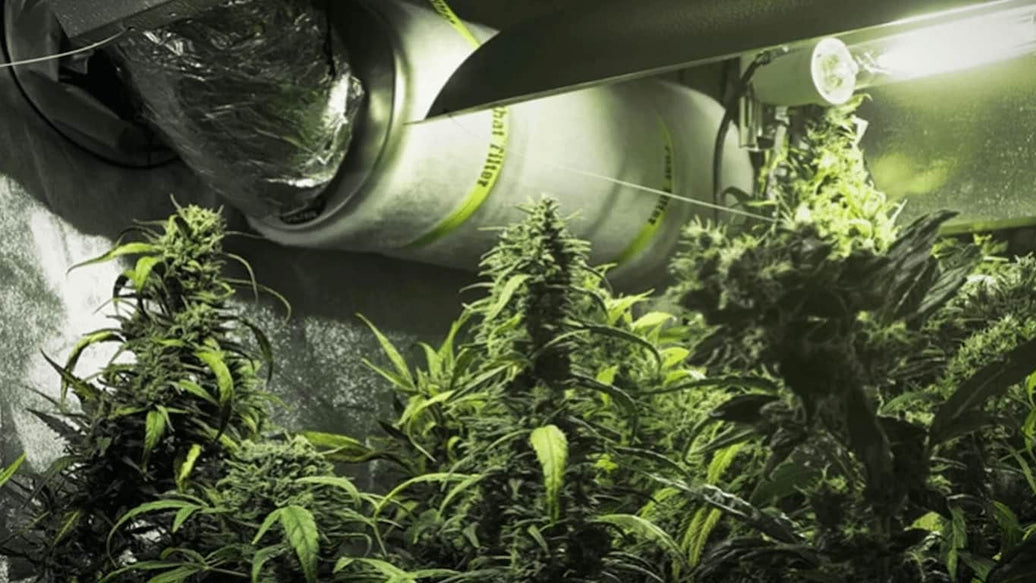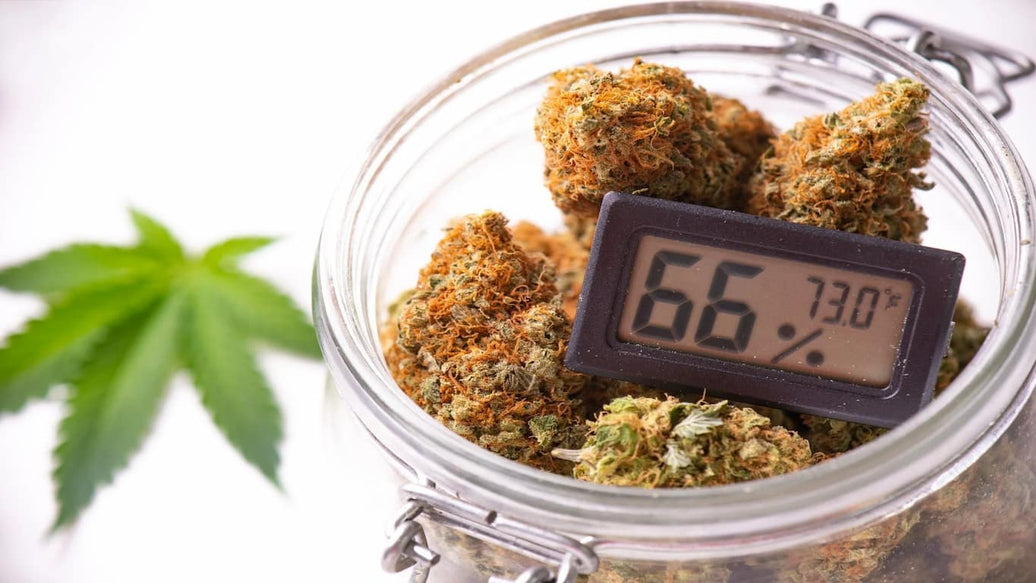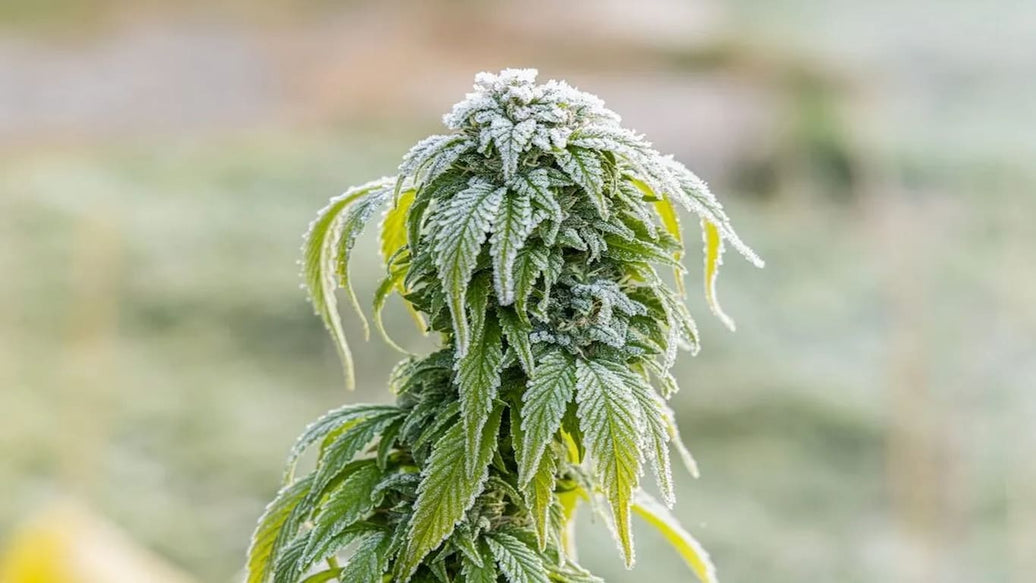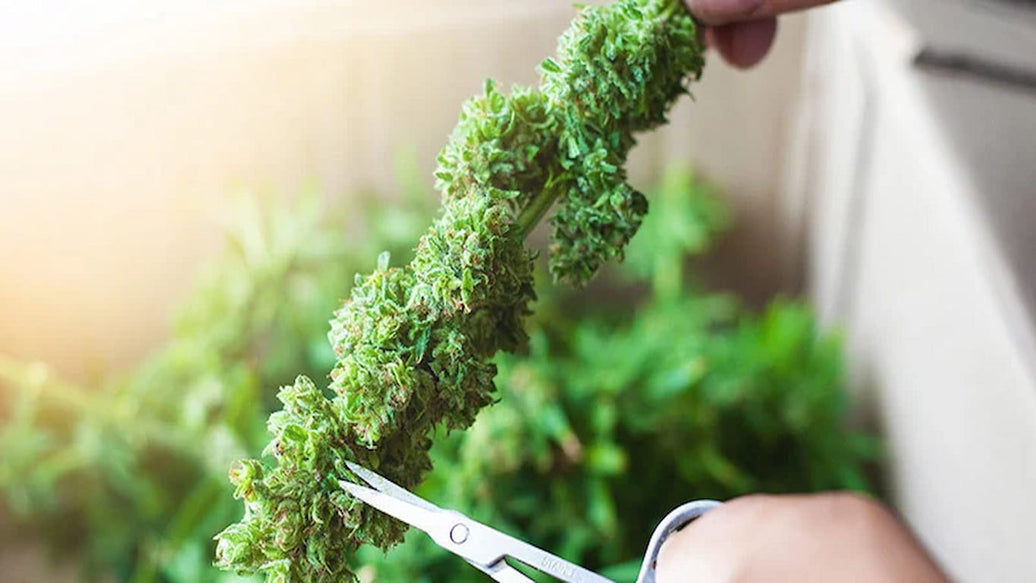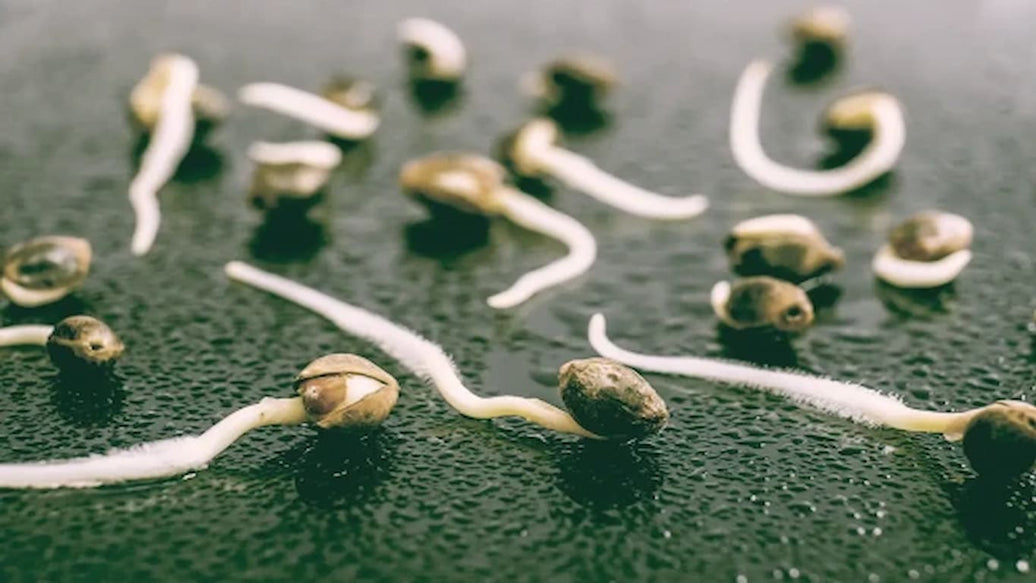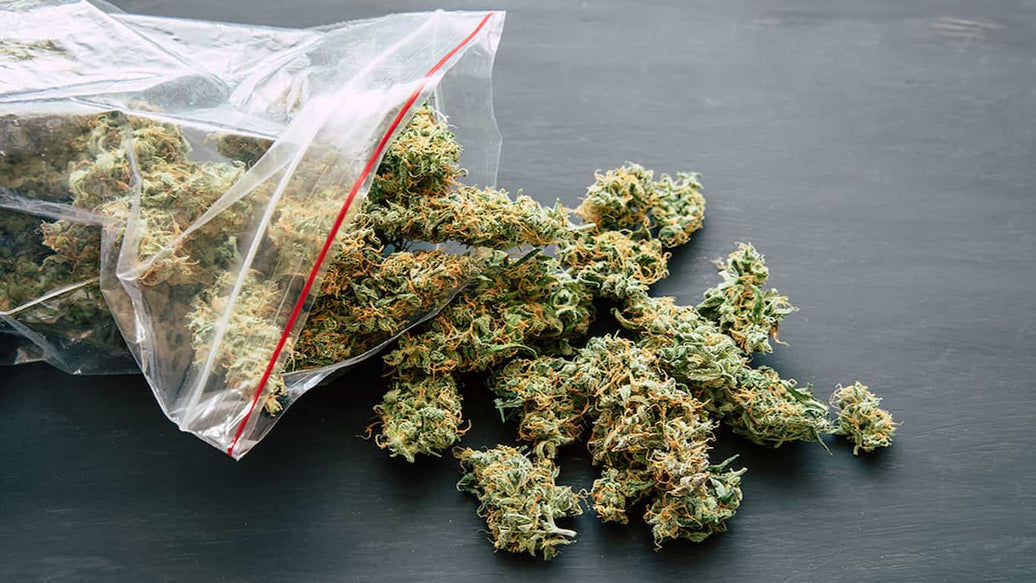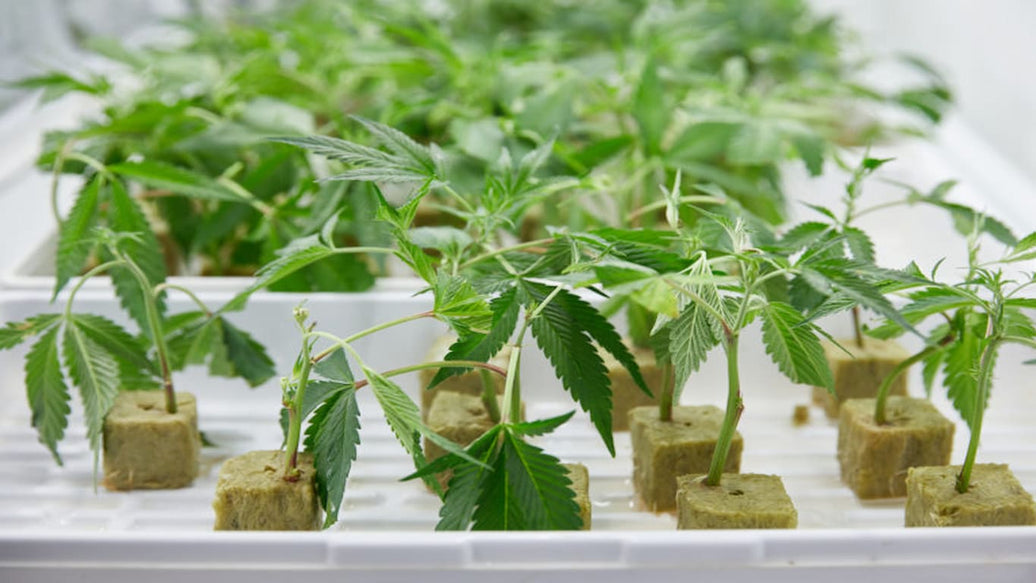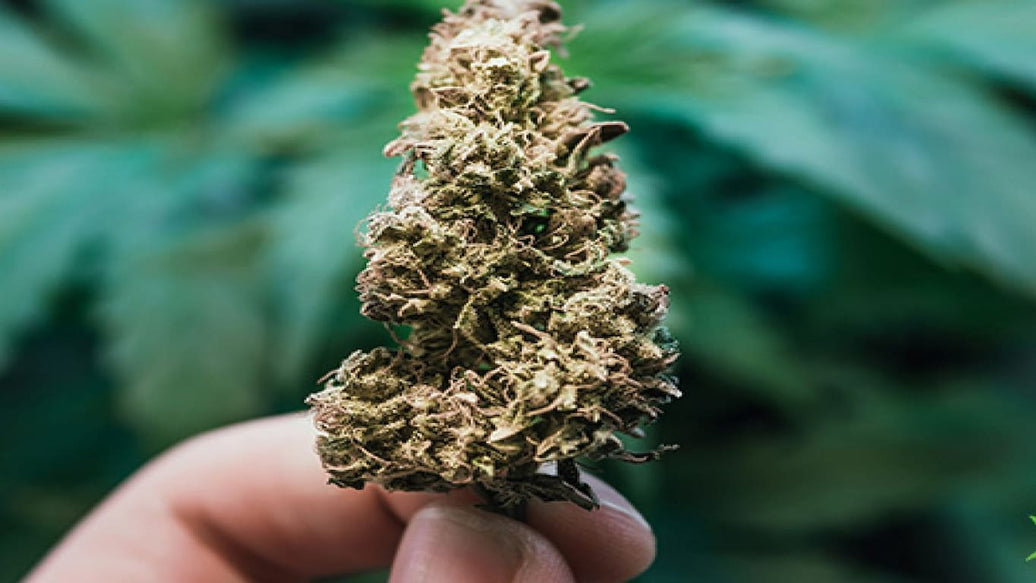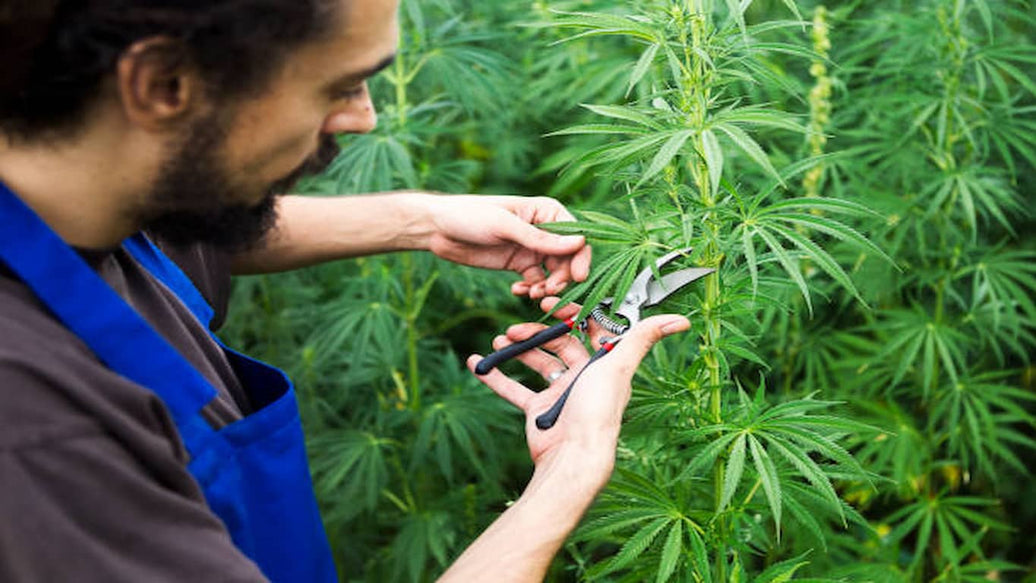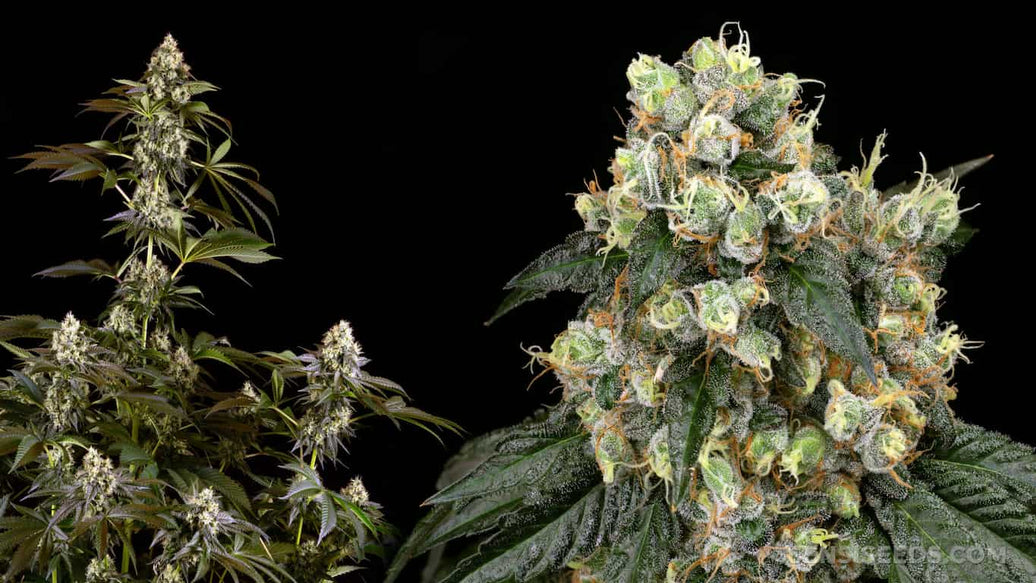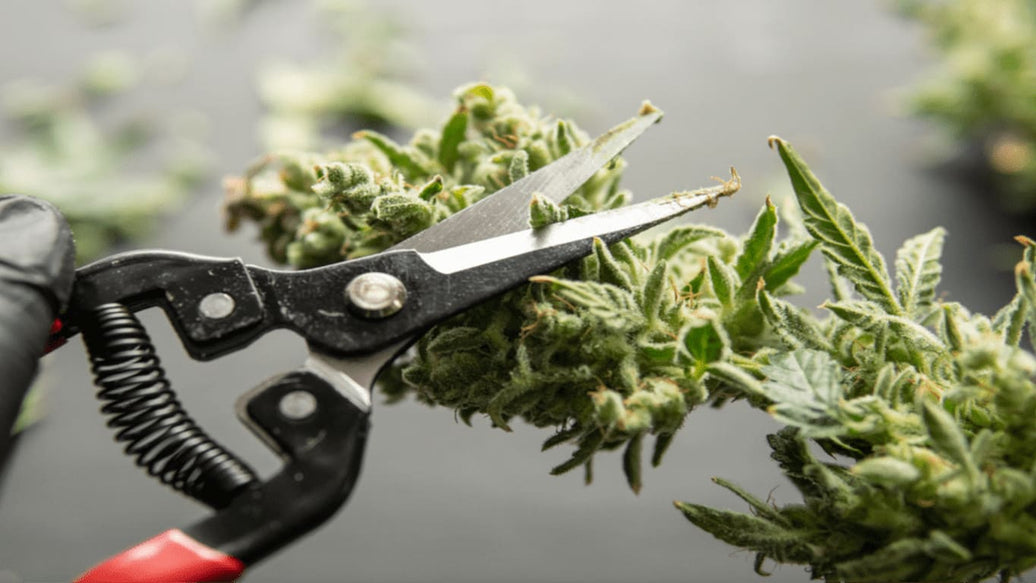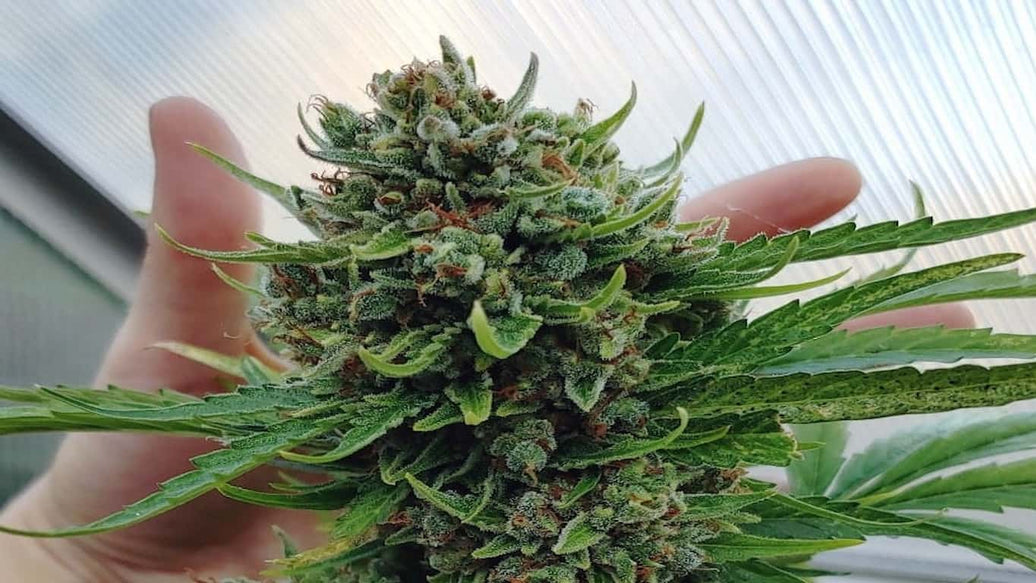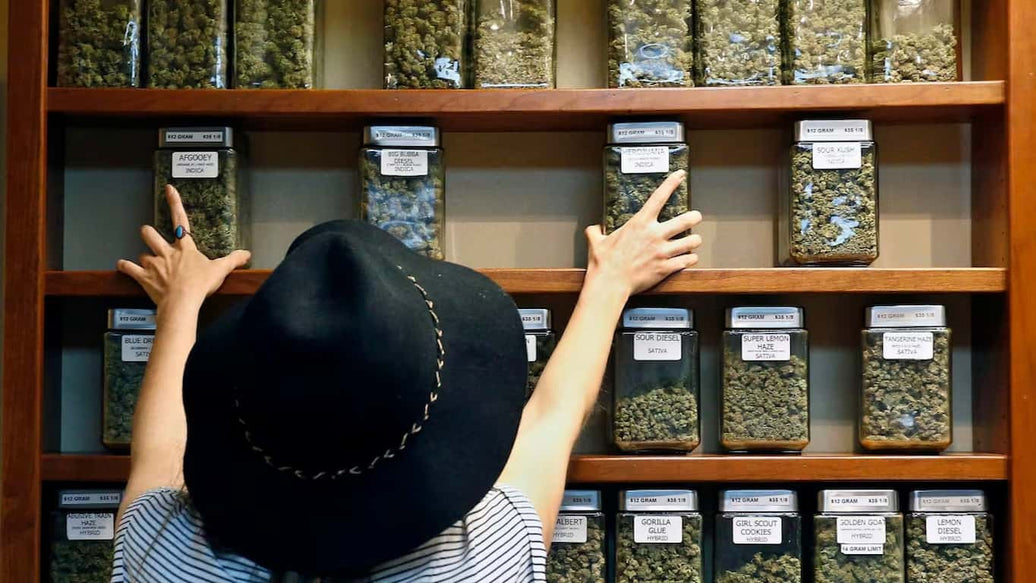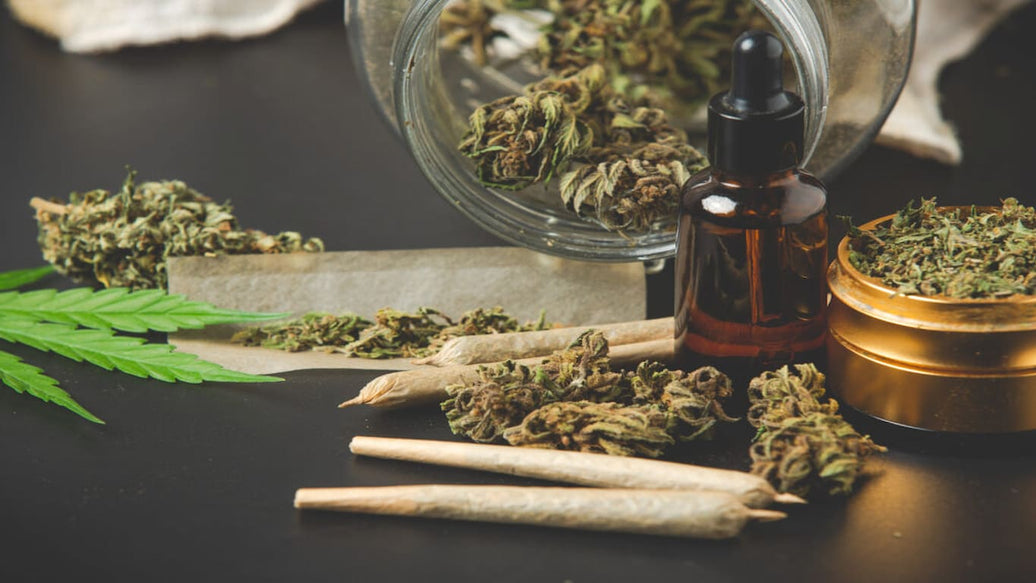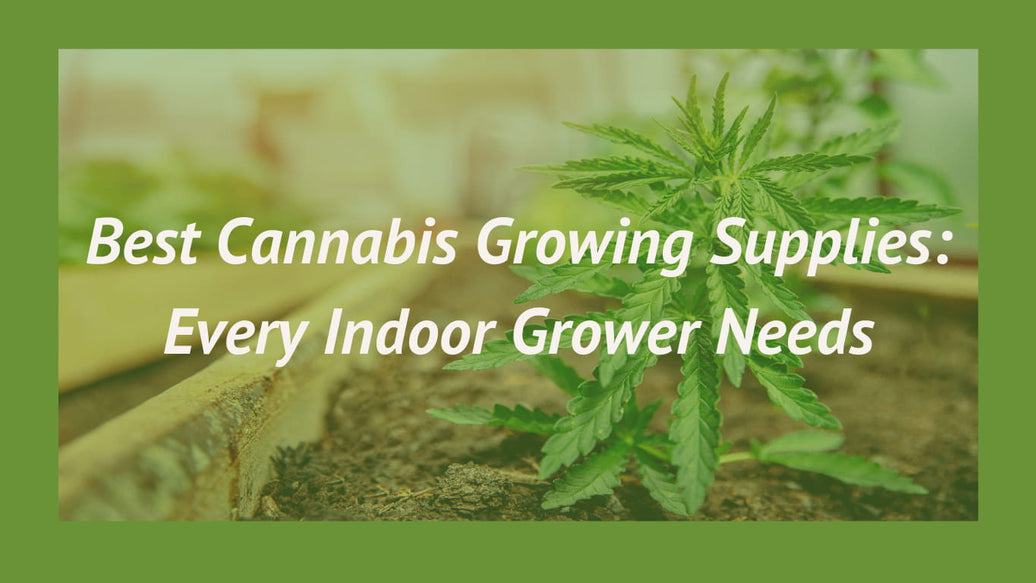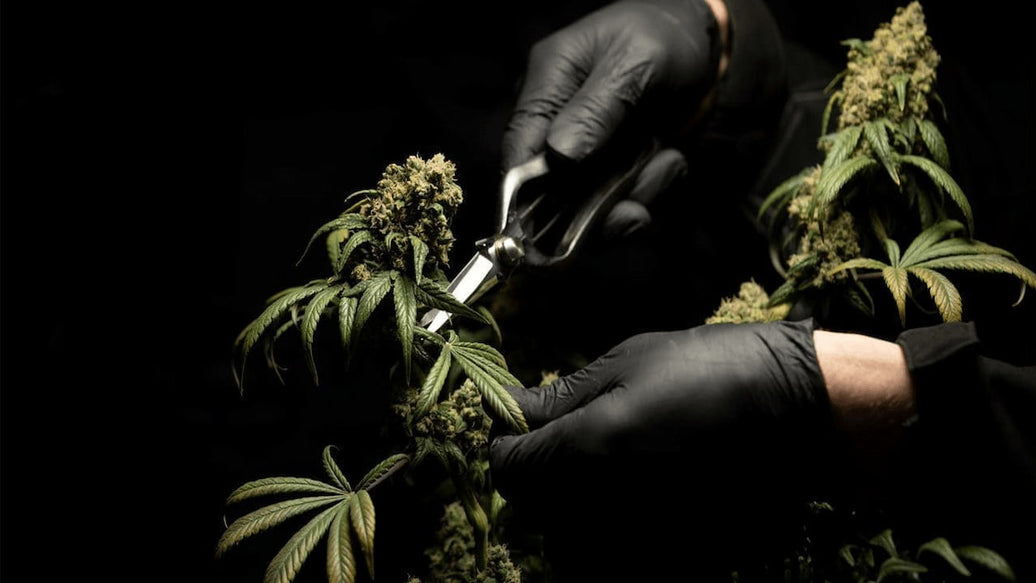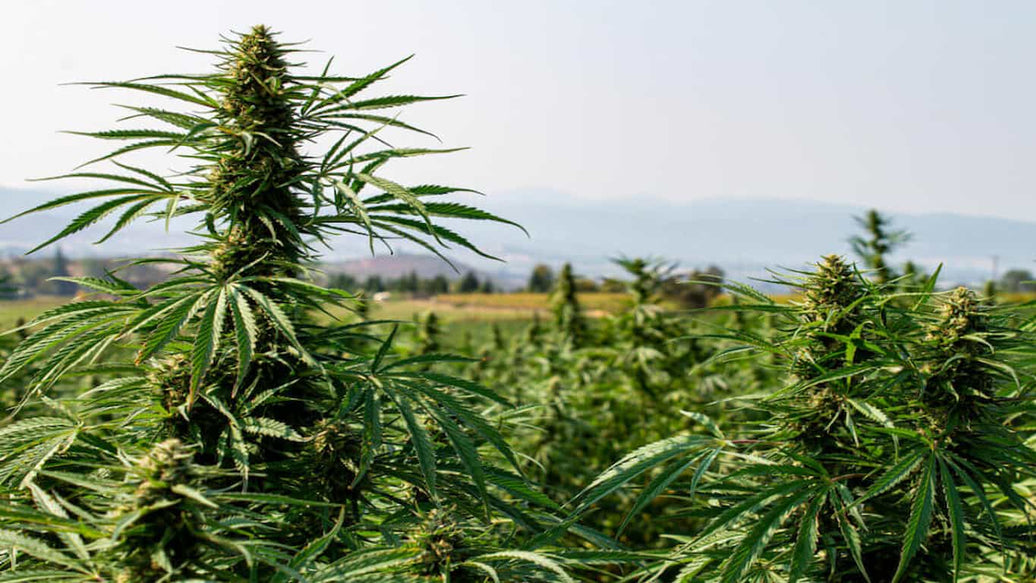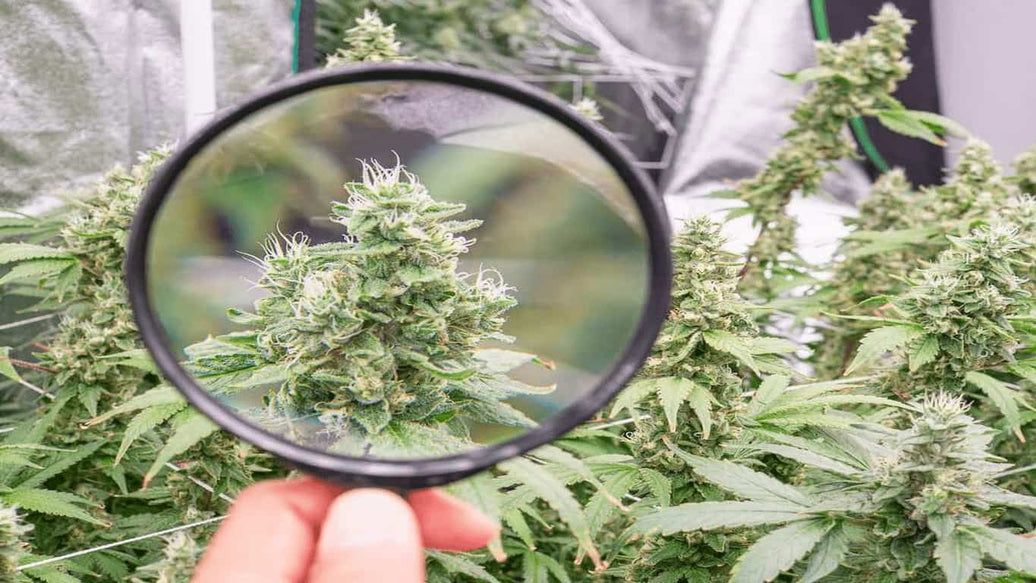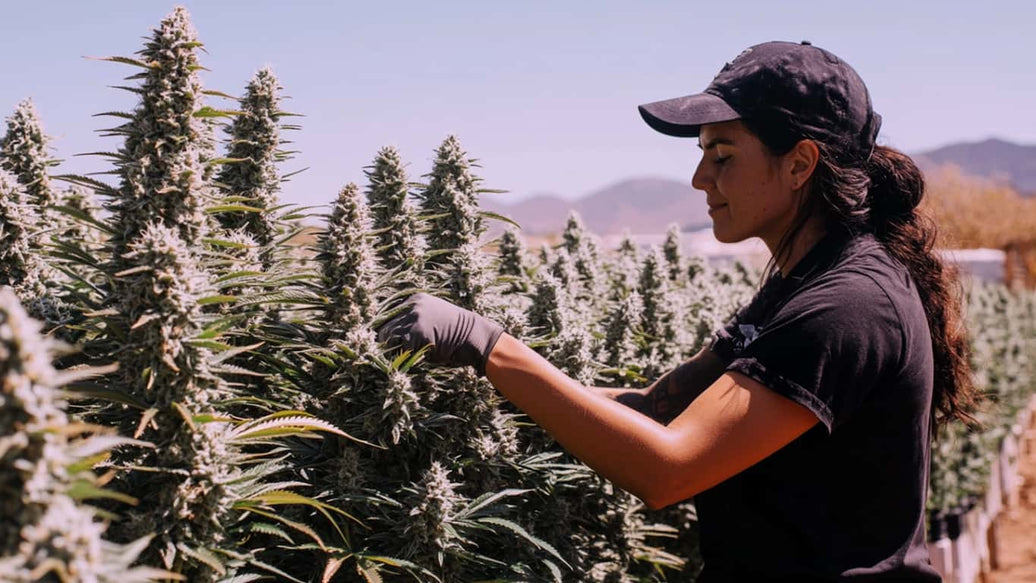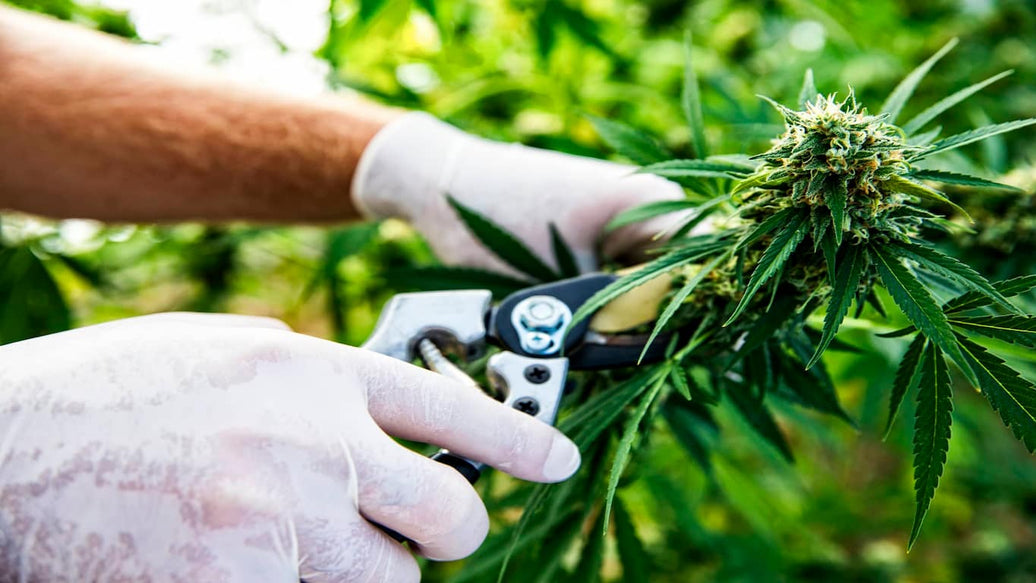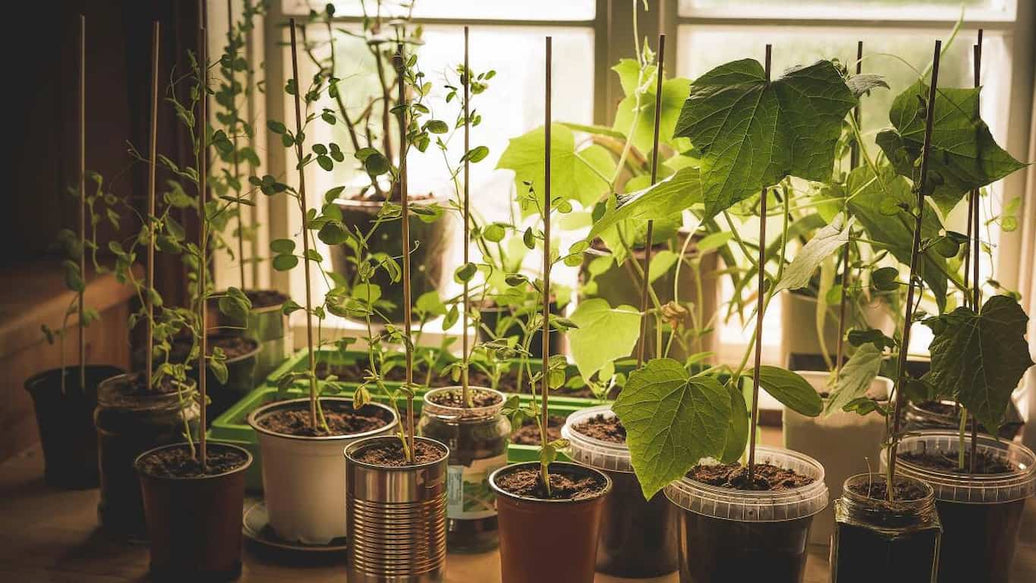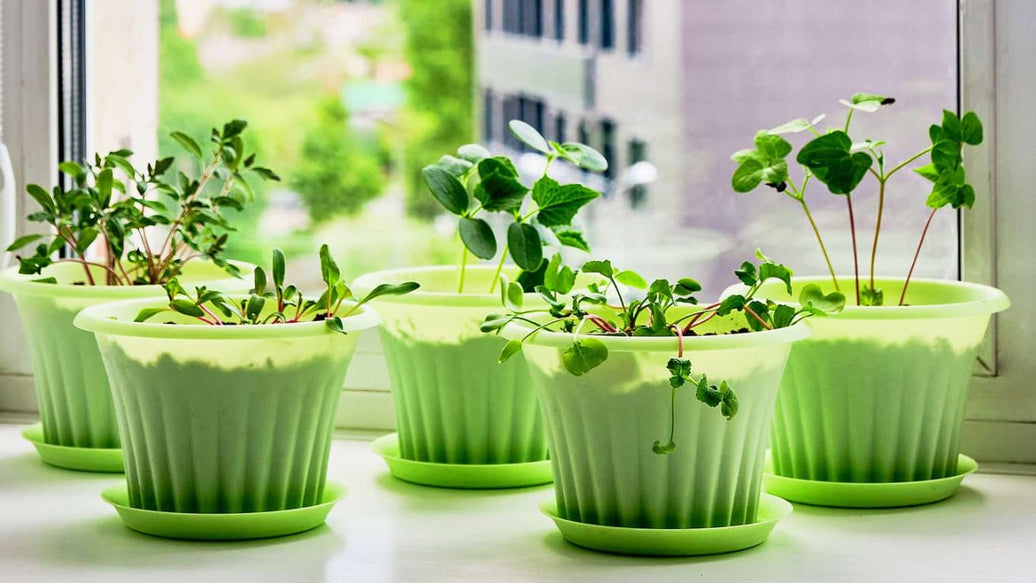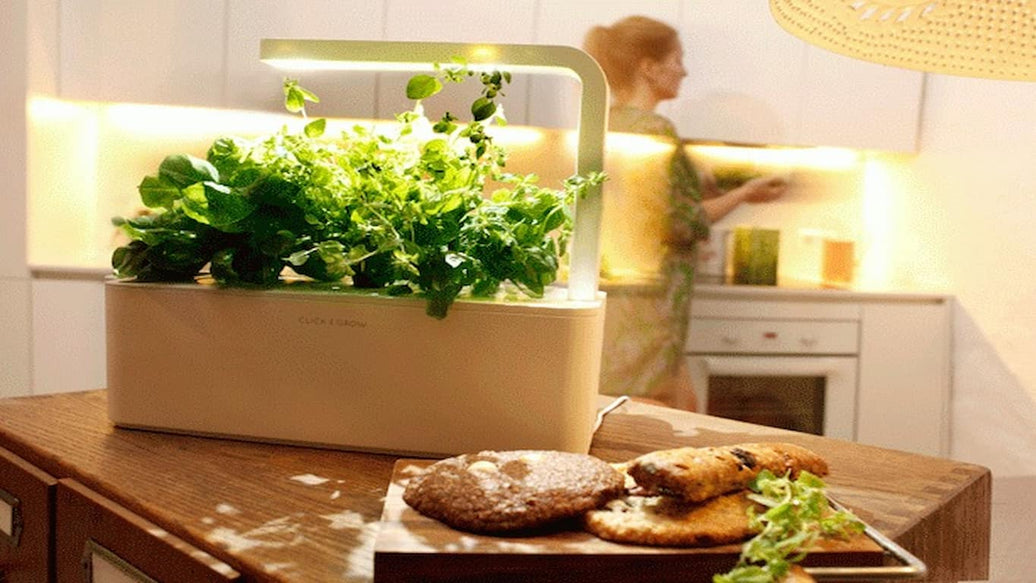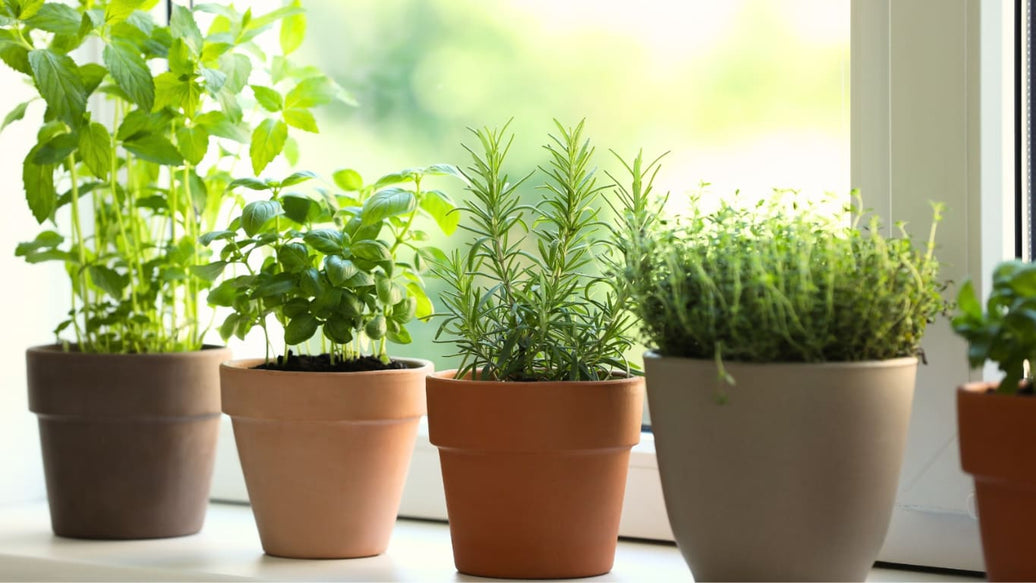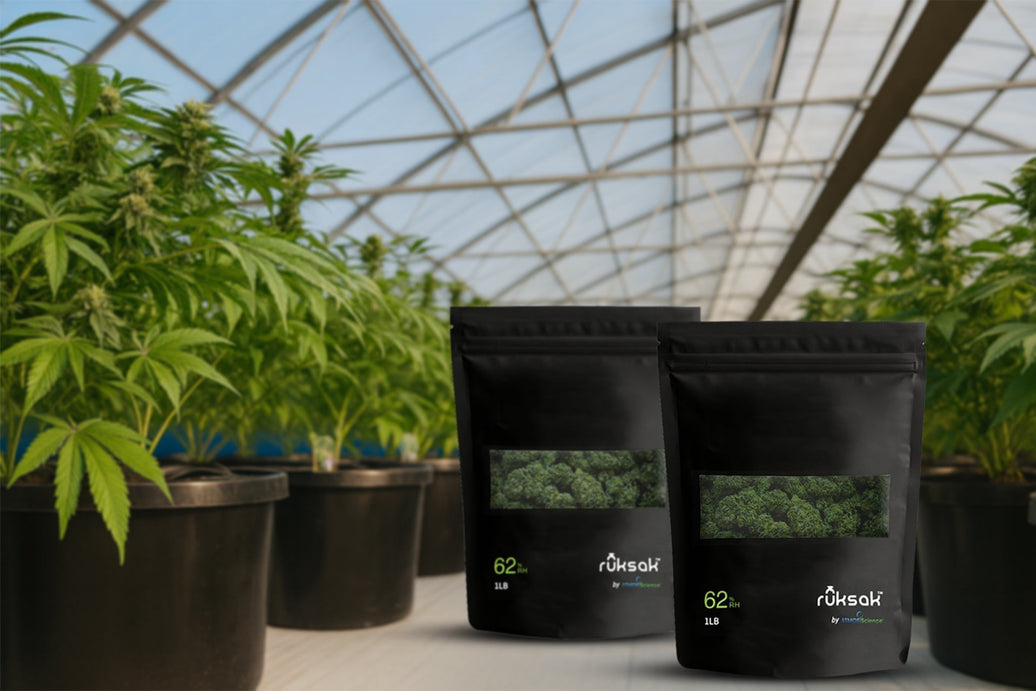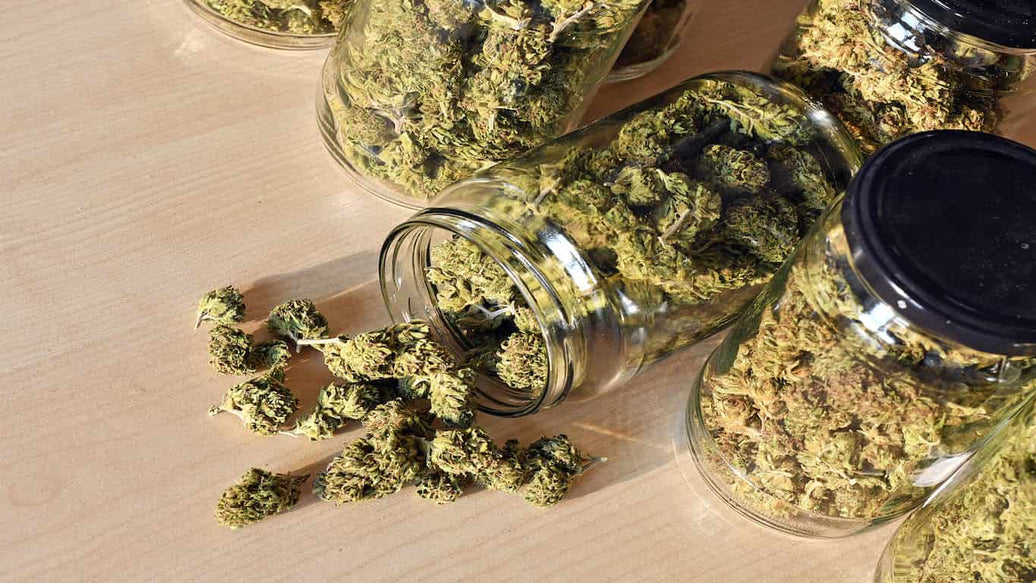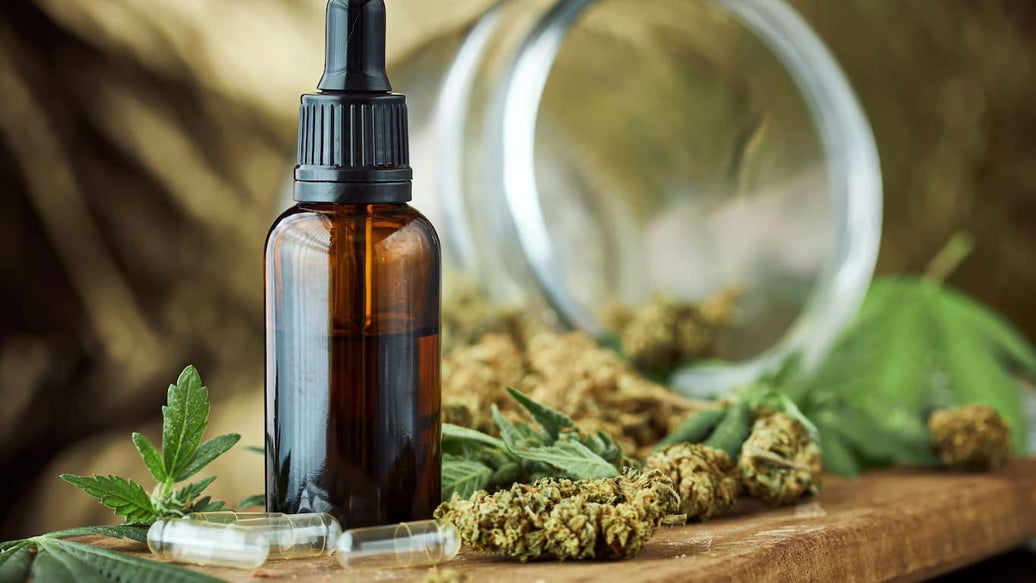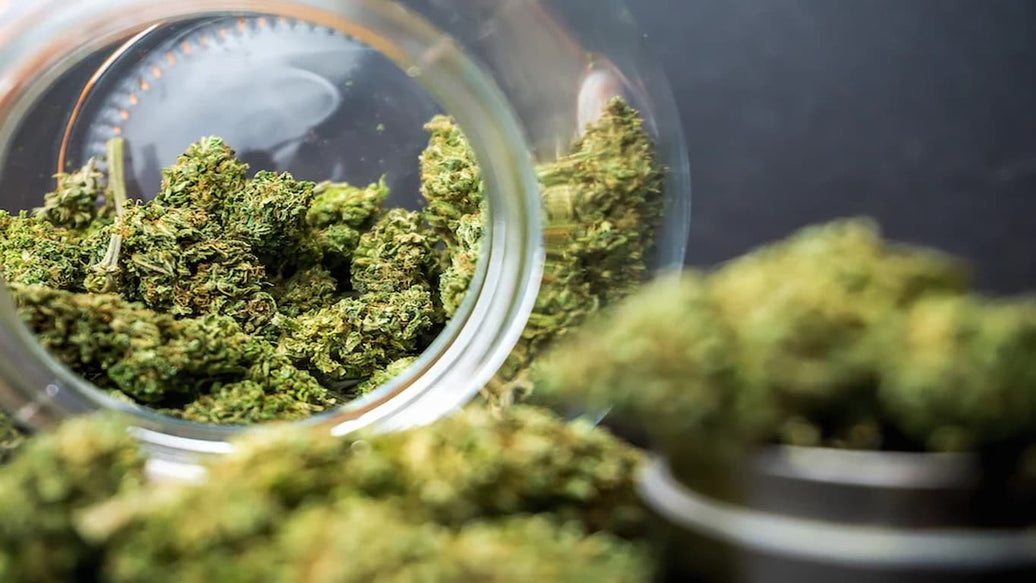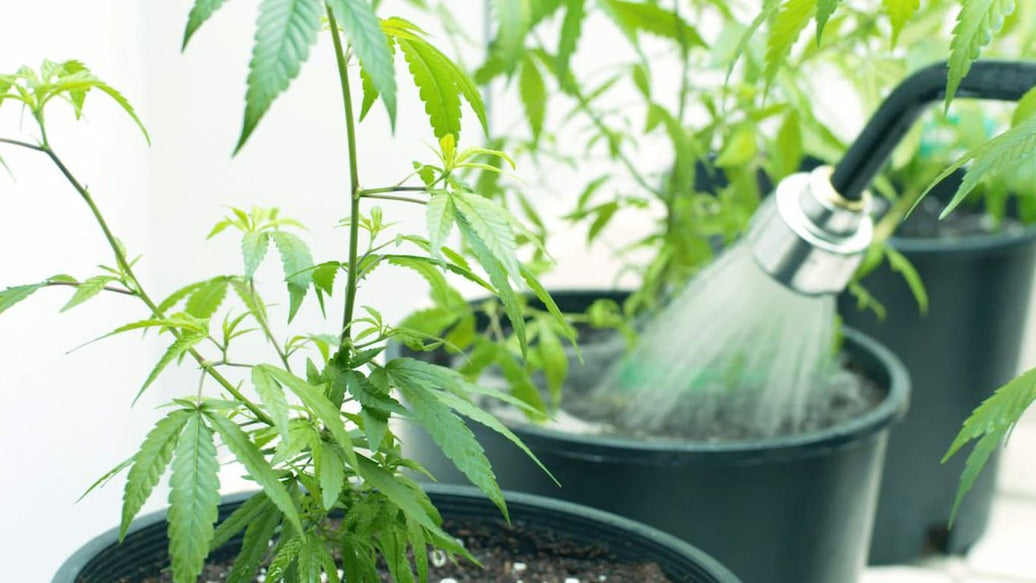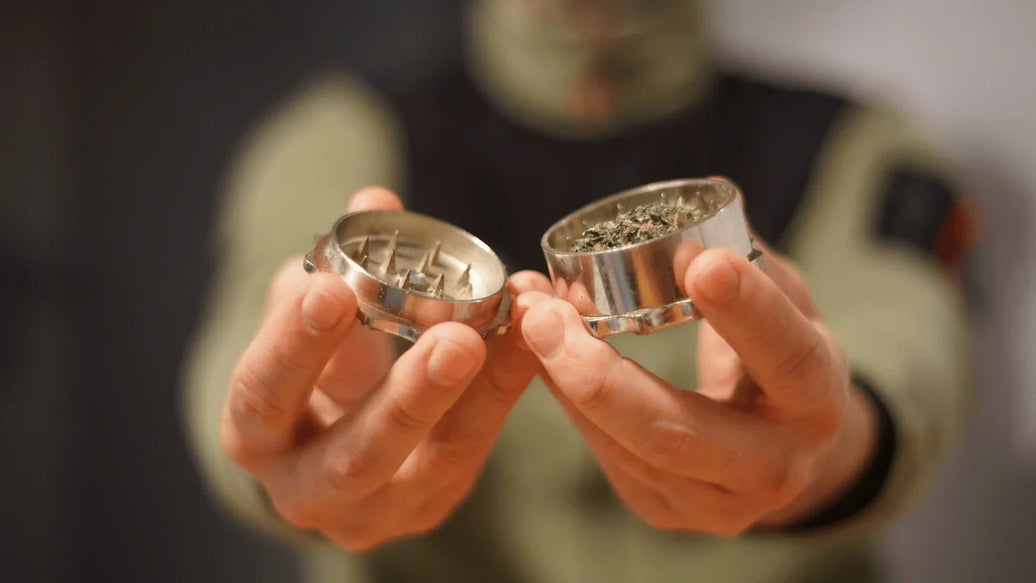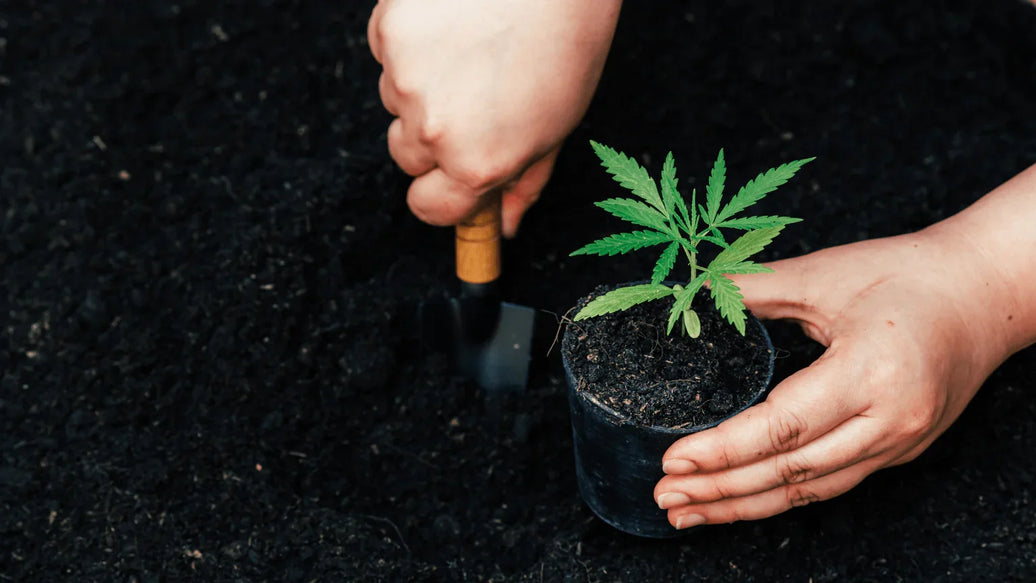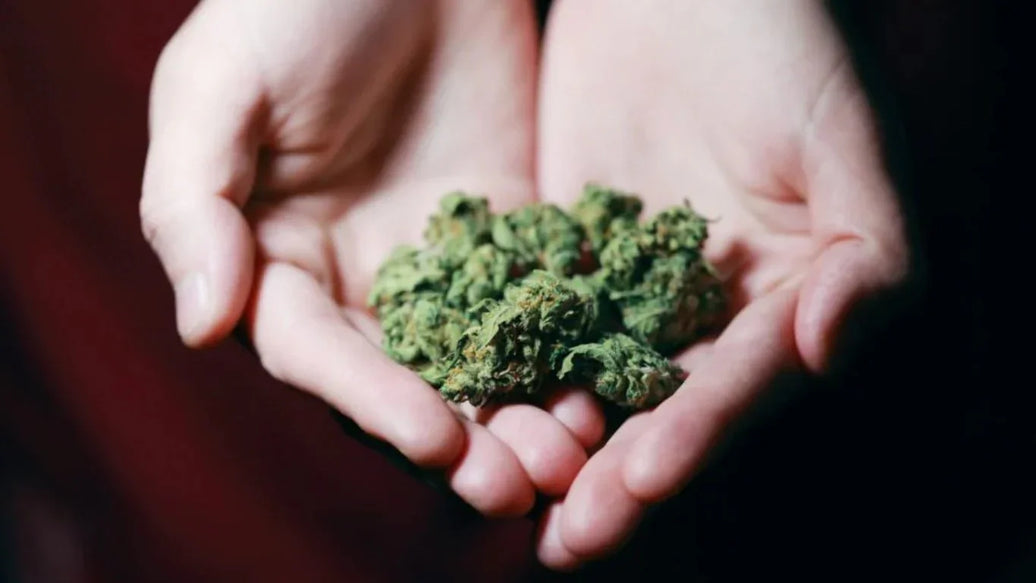The last month before harvesting your cannabis plants is one of the most important phases in cultivation. Known as the late flowering or pre-harvest period, this stage involves crucial changes inside the plant that affect final yield, potency, and overall quality. Paying close attention to how you manage your grow environment, nutrients, and plants during these weeks makes a big difference in the finished product. In this guide, we’ll cover all the necessary steps during the final four weeks of flowering, using scientific insights and best practices.

Overview of all cannabis growth phases
Cannabis cultivation involves several distinct stages, each critical to plant health and harvest success. Understanding these phases helps growers plan and optimize their efforts.
- Germination (1-7 days): The seed absorbs moisture, cracks open, and sprouts the first root. Warmth and moisture are key for successful germination.
- Seedling Stage (2-3 weeks): The tiny plant develops its first leaves and begins photosynthesis. Seedlings thrive with gentle light, high humidity, and careful watering.
- Vegetative Stage (3-16 weeks): Rapid growth phase focusing on stems, branches, and leaves. Plants require abundant nitrogen, long light periods (18+ hours), and good airflow.
- Pre-Flowering Stage (1-2 weeks): Transition where the plant reveals its sex and starts shifting energy to reproductive growth.
- Flowering Stage (6-12 weeks): Bud formation and development phase, triggered by changing light cycles. Nutrients shift toward phosphorus and potassium to support flowers and resin.
- Late Flowering / Pre-Harvest (last 3-4 weeks of flowering): Buds mature, resin peaks, and targeted management prepares the plant for harvest.
- Harvest: Mature flowers are cut and taken into drying and curing.
This blog focuses especially on the critical last 4 weeks before harvest.

What happens during the late flowering – Pre-harvest phase?
This phase usually takes place during the last 3 to 4 weeks of your cannabis plants’ flowering cycle. The plant shifts from rapid bud growth to focusing on ripening and refining the flower’s chemical makeup.
Biological changes to watch for
- Buds firm up and get denser as the plant diverts energy from growing new leaves to maturing flowers.
- Trichomes, the small resin glands, gradually change color from clear, to milky white, then amber. This progression helps indicate the ideal harvest window: milky signals maximum THC, amber means some THC has started converting into sedatives like CBN.
- Pistils darken and curl inward, offering another way to estimate harvest readiness.
- Strengthening aromas and pigment shifts occur as terpene profiles develop and, in some strains, color deepens.
Nutrient adjustments and flushing
During late flowering, nutrient needs change. You slowly reduce nitrogen and increase phosphorus and potassium to support strong flower and resin production. Many growers also start a flushing period one or two weeks before harvest, watering with plain or lightly fed solutions to clear excess nutrients. This can improve taste and smoke quality but should be done carefully to avoid stressing the plants.
Maintaining soil or water pH around 6.0 to 6.5 keeps nutrients available, and monitoring electrical conductivity (EC) helps track nutrient levels.
Environmental care
Humidity is lowered to around 50-60% to keep mold and bud rot at bay, while daytime temperatures between 20°C and 26°C promote healthy metabolic activity. Ensure your 12 hours of darkness is uninterrupted - light leaks can cause unwanted stress or delay flowering. Good airflow is key to preventing mold within dense bud sites, and elevated CO2 levels (1000-1500 ppm) have been shown to enhance yield and cannabinoid content.
Managing the environment to boost quality
The environment during these final weeks has a huge impact on your crop’s quality and health.
- Temperature and humidity: Keep day temps between 22-26°C and drop humidity to 50-60%. This reduces fungal risks while supporting resin production.
- Light: Increase light intensity carefully to encourage dense buds, but avoid excess heat that harms plants. Make sure the dark period is absolute.
- Ventilation: Circulate air well to prevent pockets of stagnant moisture.
- CO2: Supplementing CO2 can increase photosynthesis efficiency and cannabinoid synthesis.
Nutrients: Switching to bloom phase feeding
Flowering plants need a nutrient profile that supports bud and resin development.
- Cut back on nitrogen gradually to prevent excess vegetative growth that can reduce potency.
- Increase phosphorus and potassium to fuel big, resin-rich flowers.
- Begin flushing 1-2 weeks before harvest by watering with plain water or low-nutrient solutions to remove residual salts. Careful timing prevents stress that could hurt yields.
- Maintain proper pH (6.0–6.5) and EC (reducing from about 2.0 to safer levels during flush) to ensure nutrients are accessible.
If you want specific nutrient products for bloom, be sure to explore the “Best Bloom Nutrients for Cannabis” recommendations on atmosiscience.com.
Plant training and pruning toward the end

By late flowering, most intense training should be complete, but light maintenance pruning helps the plant direct energy efficiently.
- Low-stress training (LST): Lightly bending branches exposes buds evenly without damaging plants.
- Lollipopping: Removing lower, shaded growth concentrates resources in the top colas and improves airflow.
- Keeping the canopy level, for example with Screen of Green (ScrOG) methods, ensures even light distribution and consistent bud maturity.
- Handle plants gently now - too much stress can slow ripening or cause other problems.
Determining exactly when to harvest
Timing your harvest is one of the most important factors in achieving your desired effects and potency.
- Inspect trichomes with a magnifier:
- Clear trichomes mean buds need more time.
- Milky or cloudy trichomes indicate peak THC levels and prime harvest time.
- Amber trichomes show THC is turning to CBN, which has sedative properties - some growers prefer some amber coloration for specific effects.
- Watch pistils: When most have darkened and curled, the plant is nearing harvest.
- For precise measures, lab tests can confirm cannabinoid levels.
- Larger plants or those with mixed maturity may be harvested in phases to optimize quality.
Preparing for post-harvest success
Don’t wait until after harvest to think about drying and curing - their settings impact final quality greatly.
- Drying environment: Keep a clean space at around 18-21°C with 50-60% humidity and good air circulation to avoid mold while drying buds slowly.
- Curing: Store dried buds in airtight containers, opening them regularly (“burping”) to release moisture. This process, lasting weeks to months, improves aroma, flavor, and smoothness.
- Storage: Protect cured buds from light, heat, and oxygen to preserve potency and terpene profiles long-term.
Harvest storage solutions by ATMOSIScience: Advanced humidity control for indoor herb growers
Effective post-harvest storage is paramount to maintaining the quality, potency, and flavor of indoor-grown herbs and cannabis. ATMOSIScience offers scientifically validated humidity regulation products designed specifically for indoor growers to optimize storage conditions.
Humidi-Cure Plus: engineered for large-volume storage, ideal for commercial harvests stored in cartons or climate-controlled cabinets. This product uses 2-way humidity control technology that actively maintains an optimal relative humidity range (58–62% RH) by either releasing or absorbing moisture. The simplest application is to "toss and go": just place the Humidi-Cure Plus packet in the storage container alongside harvested herbs. This prevents mold growth, avoids over-drying, and stabilizes moisture for prolonged shelf life without continuous manual intervention.
Ruksak Bag: Specifically designed for indoor herb growers managing small-batch storage (~1 lb), the ruksak™ bag provides superior humidity control compared to traditional storage bags or jars. According to detailed lab reports from MRC Labs, ruksak bags maintain consistent moisture levels that better preserve terpene profiles and cannabinoid potency indoors. The controlled humidity environment significantly slows degradation and helps maintain fresh flavor and therapeutic qualities. Its airtight, odor-proof, and child-resistant design ensures safety and optimal storage performance in home or small-scale grow setups.


Liner for jars: For growers using glass jars, the ATMOSIScience humidity control liner fits inside the jar lid to provide active moisture regulation. This liner prevents fluctuations that commonly occur in sealed jars, protecting against mold and preserving the integrity of delicate oils and aromatics throughout curing and long-term storage phases.

New developments and tech in late flowering
Advanced research and technologies are increasingly shaping best practices in the preharvest stage.
- Short bursts of higher light intensity just before harvest can stimulate cannabinoid increases.
- Some growers experiment with plant growth regulators to boost bud size and resin, but this field needs more study to ensure safety and efficacy.
- Smart sensors and AI-driven monitoring can optimize environmental parameters and spot plant stress early, aiding precise grow room management.
Conclusion
The last four weeks before harvest are crucial for producing the best cannabis possible. Fine-tuning your environment, adjusting nutrients properly, carefully managing your plants, and timing the harvest precisely will all pay off with higher quality, potency, and yield.
For more detailed growing guides, nutrient advice, and cultivation tips, visit ATMOSIScience - your resource for advancing cannabis cultivation knowledge.
Wishing you a successful and bountiful harvest!

